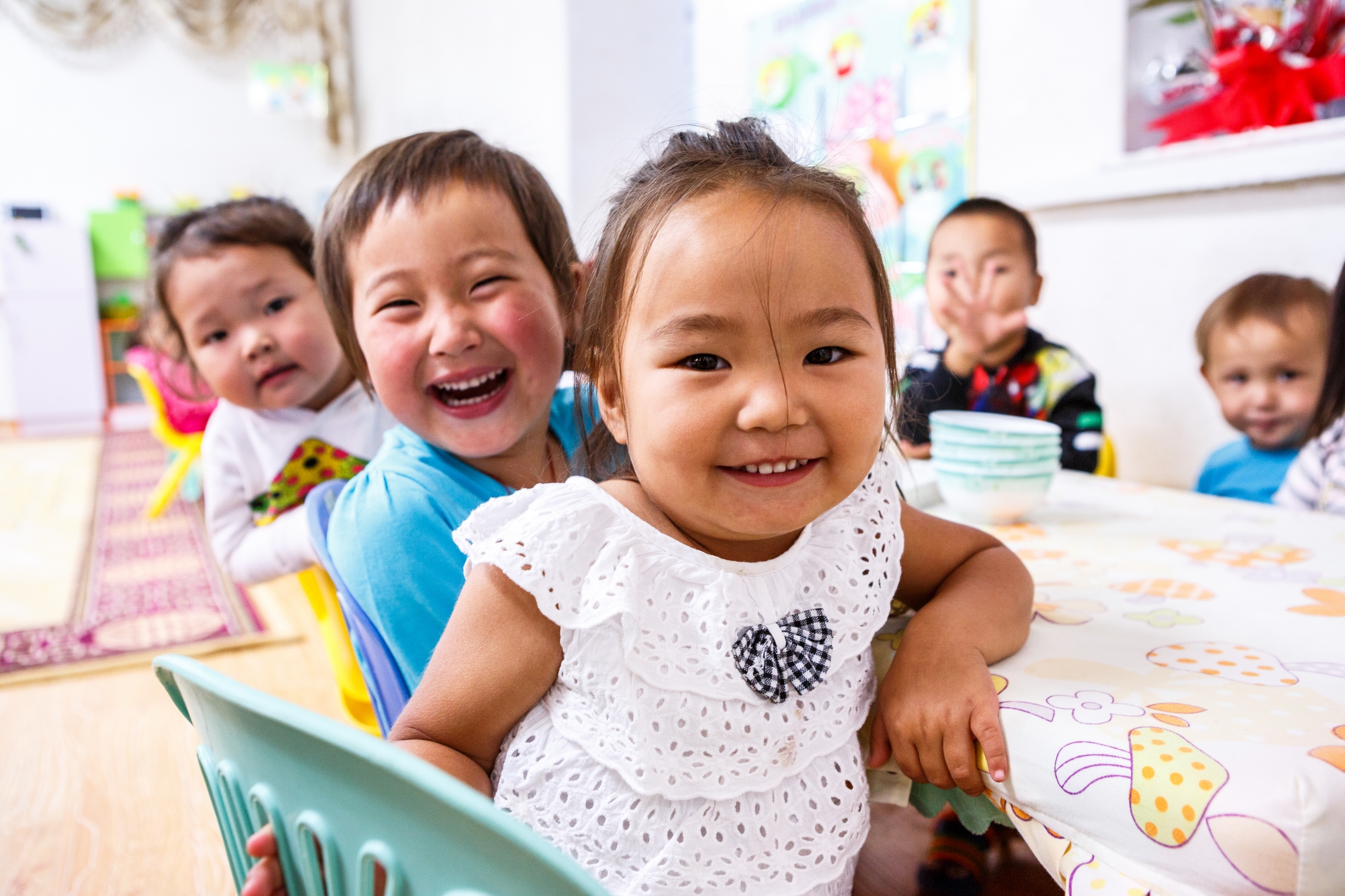UNICEF & Children's Rights
The fundamental mission of UNICEF is to promote the rights of every child, everywhere, in everything the organization does. With its global presence in over 190 countries around the world, UNICEF is able to reach places others cannot, to make a difference in the lives of children.
UNICEF has more than 60 years' experience working for children and is the only organization specifically named in the United Nations Convention on the Rights of the Child (CRC) as a source of expert assistance and advice.
In Hong Kong, UNICEF HK organizes various awareness raising campaigns and educational programmes like UNICEF Club, Young Envoys programme, Innovation Lab and Voluntary School Speaker Program to encourage our youth to become agents of change and advocate for children's rights.

© UNICEF/UN062342/Zammit
Children's Rights
Human rights are the rights which are essential to live as human beings. It includes civil, cultural, economic, political and social rights— all basic standards without which people cannot survive and develop in dignity.
Children, defined as people under 18 years old, have the same general human rights as adults, but they need special care and protection to safeguards their rights that adults do not. That is why besides the international conventions and treaties on human rights, we also have the United Nations Convention on the Rights of the Child to protect children's rights.
The United Nations Convention on the Rights of the Child (CRC)
On 20 November 1989, the General Assembly of the United Nations unanimously adopted a special convention just for children— the Convention on the Rights of the Child (CRC). It is the first legally binding international treaty that recognizes the human rights of children. The articles of the Convention may be grouped into four categories of rights: rights to survival, development, protection and participation; and a set of guiding principles underlying requirements for any and all rights to be realized, including non-discrimination and adherence to the best interests of the child.
CRC is the most rapidly and widely ratified international human rights treaty in history. The United Nations Convention on the Rights of the Child (CRC) came into force in Hong Kong in 1994, and its provisions continue to apply to Hong Kong after the establishment of Hong Kong Special Administrative Region. Right now 196 countries, almost every member of the United Nations expect the United States, have ratified CRC.

